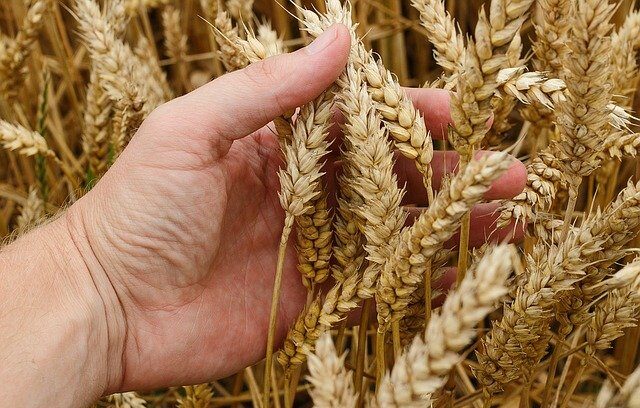Source: Ukragroconsult (Ukraine)
The Middle East, including parts of Western Asia and Egypt, has a population of 411 million. Due to population growth and limited grain production, the region is heavily dependent on wheat imports, mainly from the Black Sea region.
The key players in the region are Egypt, Iran, Turkey, Iraq, and Saudi Arabia.
Despite a projected production of 9.3 million tons for the 2025-26 season, Egypt estimates it will need to import 13 million tons of wheat. Wheat flour exports are growing due to a lack of milling capacity in conflict-affected countries. Egypt’s population exceeds 107 million and is projected to reach 124 million by 2030, increasing wheat consumption.
Iran plans to produce 13 million tons of wheat in 2025-26 and import 2.5 million tons. Despite recent conflicts, food supplies remain stable.
Turkey expects a slight decline in wheat production to 18.5 million tons due to drought. Consumption remains at 19.4 million tons, stabilizing due to demographic changes and changes in consumption patterns.
Iraq is expected to see a decline in wheat production to 5 million tons, leading to an increase in imports to 2.1 million tons. Despite this, the country claims to have achieved self-sufficiency in wheat thanks to government funding.
Saudi Arabia will import 3.2 million tons of wheat in 2025–26, 10% less than the previous year, because high domestic production reduced its need. The catering sector will drive consumption to a forecast 4.6 million tons, as demand surges from major new projects.

